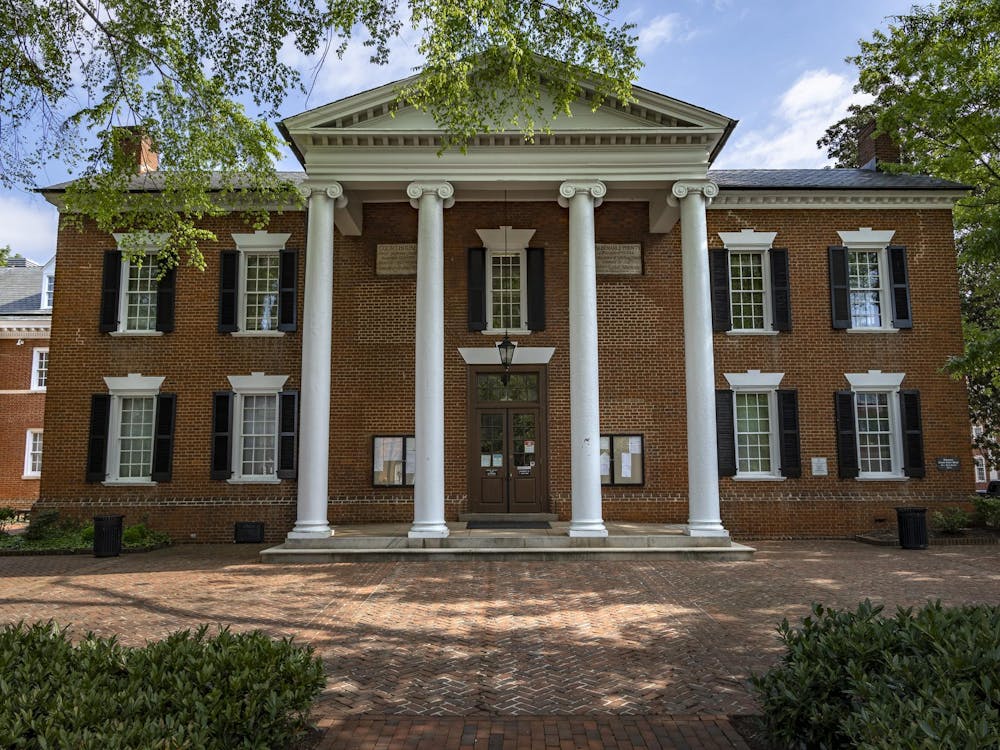Think back to senior year of high school. Between homecoming parties and planning senior trips, college applications weigh heavily on a soon-to-be graduate's mind. That stress is null and void for Texas high school students who are in the top of their class. A law put into effect five years ago automatically grants admission to any public Texas university to Texans who rank in the top 10 percent of their graduating class. With the Supreme Court debating whether to decide on the constitutionality of affirmative action, the Texas law is being considered as the new means for deciding college admissions ("Texas colleges' diversity plan may be new model," The Washington Post, Nov. 4). But just like affirmative action, Texas' criteria and standards are equally flawed and just create more discrimination.
The Texas law was created in 1996 after the public school system's use of affirmative action in college admissions was ruled illegal by the Supreme Court. The law was enacted with the intention of continuing diversity on college campuses. Theoretically, according to the Post article, if the public schools remain segregated, minorities will have to place in the top of their class in a segregated school and then become a presence on campuses.
Although the 10 percent law may contribute to the continuance of diversity, there are more drawbacks than advantages. The law turns students into simple numbers. Admissions are only guaranteed based on rank, which is determined by GPA. That negates every activity, accomplishment or contribution a student makes during his or her four years of high school. Hypothetically, a student who works hard for four years, serves as class president, works with the homeless on weekends and plays two varsity sports would be considered less desirable then a classmate who spent four years locked in his bedroom, poring over books just to ensure that high GPA.
Colleges need to look at the whole student. Time put into school clubs, community service and other non-academic ventures should be given some weight in the admission process. If colleges want diversity, they should consider more things than just race. Well-rounded students lead to well-rounded student bodies. Campuses should be just as diverse in interests and activities as they are in race and ethnicity.
Additionally, there are easy ways to pump up a GPA so a student appears more educated and more successful than a schoolmate. Some students may opt for less challenging classes in order to get an easy "A." Students who then wish to actually test themselves with more rigorous classes might be ruining their chances for the top 10 by earning a "B" in a more advanced class. This also follows with electives, such as art and music. High-level students who opt to continue pursuing their interests in chorus or art classes will again be hurting themselves when compared to classmates who select only GPA-boosting courses.
Not only does the law marginalize applicants' accomplishments and discourage certain schedule selections, it also penalizes those attending more competitive schools. A law that will reward students based merely on what high school they attend is not a good idea. Granted, just because someone is not in the desired upper tier of their class doesn't mean they will be denied admission. But with a large percentage of slots automatically filled, the outlook is not good.
So with the Texas law causing strife for students and affirmative action in jeopardy, what's a college to do? First and foremost, admissions officers need to scrap the idea of granting students admission based solely on GPA. Where to go from there is a little trickier. Students' activities must be given consideration, as should their contributions to their high school community. It is up to each individual college, however, to decide how much weight an applicants' resume (or lack thereof) will play into their admission.
With regard to diversity, a main argument behind affirmative action is that it helps minorities who are not given the same educational opportunities as their peers, such as private schools, SAT prep classes and personal tutors. It is argued that these things are not accessible due to a higher rate of poverty among minority groups. Admissions officers should look, then, not at race and ethnicity but at socioeconomic status when considering obstacles overcome by applicants.
If a student living below the poverty line works hard to break the cycle of poverty in which he was brought up, his application should be given extra consideration regardless of race or ethnicity. Hopefully, this would happen automatically; a college would want and actively recruit students growing up with no advantages and no help who did everything they could to get an education. This theory would only work if there were no quotas for students in different income brackets. Quotas start a backlash against students who have worked hard all their lives and just happened to have been born to wealthy parents.
Indisputably, there is no clear-cut answer to equalizing the college admissions process. But the Texas admissions law is not the right solution. Colleges must continue to work to find a fair way to select students and still end up with a richly diverse campus.
(Maggie Bowden's column appears Wednesdays in
The Cavalier Daily. She can be reached at mbowden@
cavalierdaily.com.)






